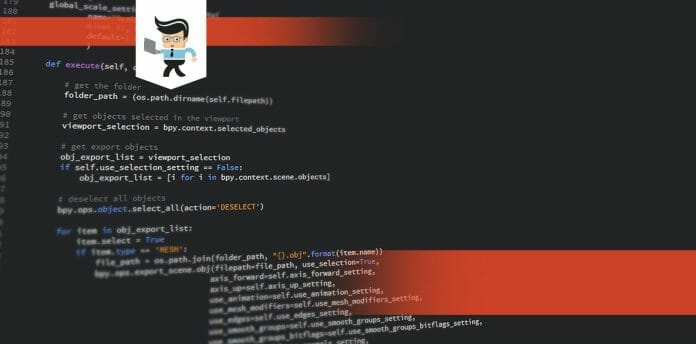Learning how to combine two computers processing power, be it Windows or Mac, might help you utilize your device’s CPU strength for activities that require a lot more power than just one computer can provide. If you have a specific workload, be it gaming or any other, you might find it more suitable for running on two computers simultaneously.
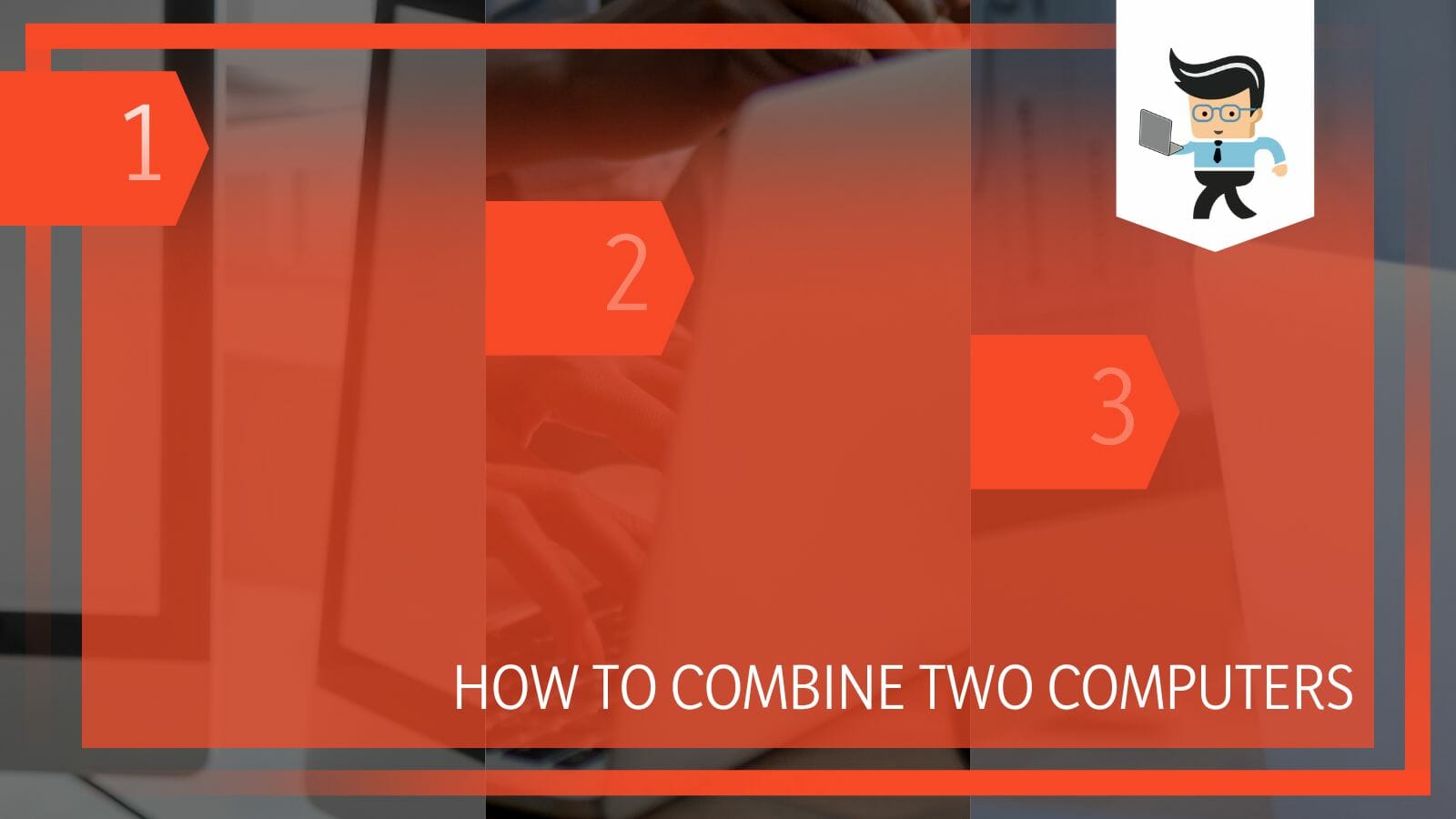
Sharing the core power of two computers is quite a technical process, especially if you don’t know where to start and what you will be dealing with. However, you can put all your worries away because, in this guide, we will detail every step and requirement you will need when you combine the processing power of multiple devices!
How Can I Combine the Processing Power of Two PCs?
You can combine the processing power of two PCs or laptops by utilizing a network connection or using parallel or concurrent processing.
– Via a Network Connection
In the list of the many ways that can be utilized when you, as a user, want to combine the processing power of your computers, using a network connection is the most general and popular method. If you want to learn how to share processing power over network, you must ensure a stable network connection for both of the devices, as this is the fundamental step of many other methods of combining the processing power.
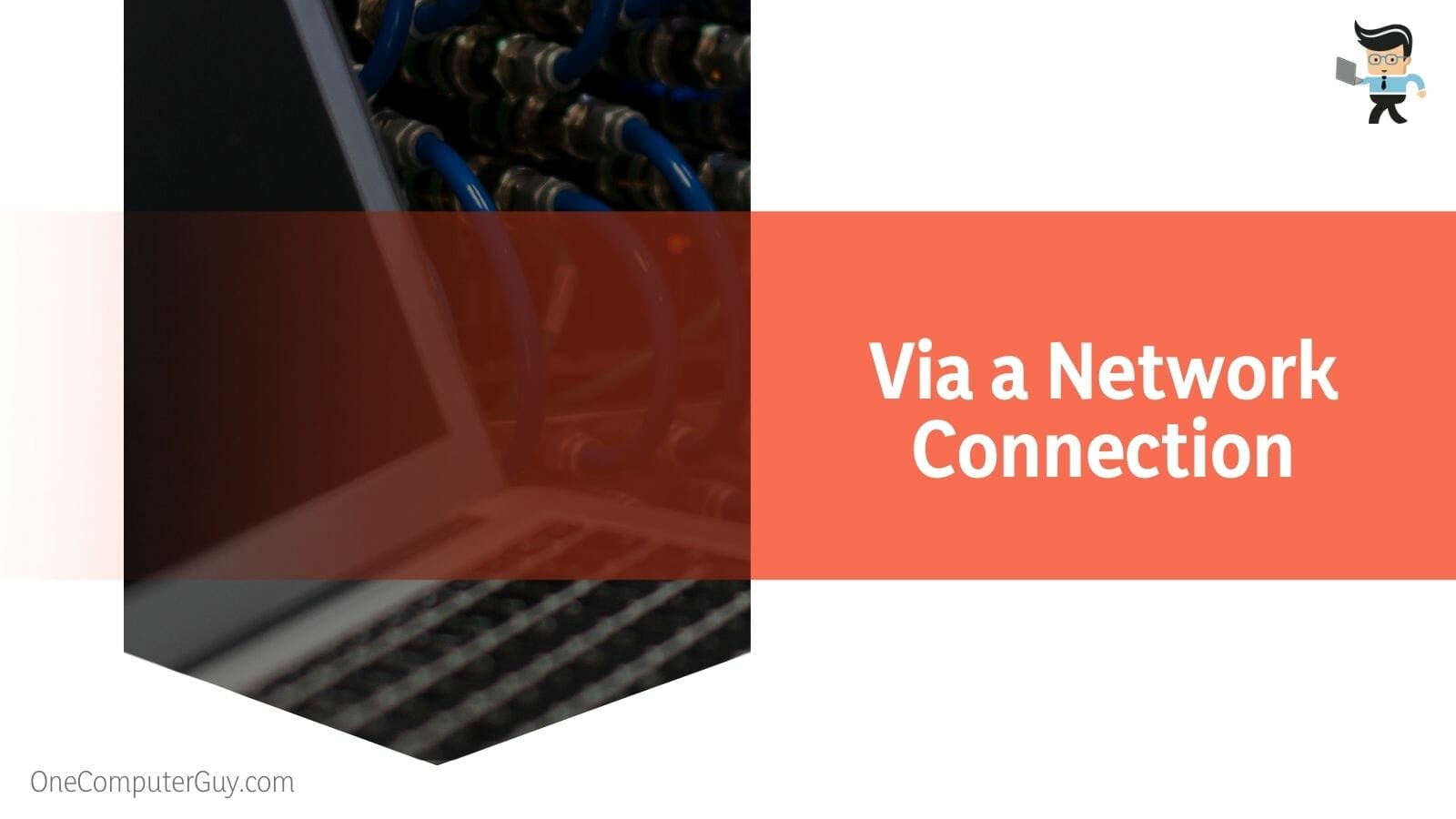
Once you have connected the necessary computers to a secure network and are getting a stable connection, you can share content and peripherals between the devices through a Homegroup Network. This is an option that is available on Windows, and you may utilize it when you want to share the functionality of the computers at hand.
Consider using third-party software or render managers to combine the processing power. In that case, maintaining a stable network connection is still very important. Doing this will allow the other software to function properly on your computers and utilize the capabilities of the system applications.
– Third-party Software
When looking to join the processing power of two or more computers, it is often a good idea to look at some reliable third-party application since they will generally ease the process considerably. Not only this, but they are ideal since they make the procedure less complicated to follow through.
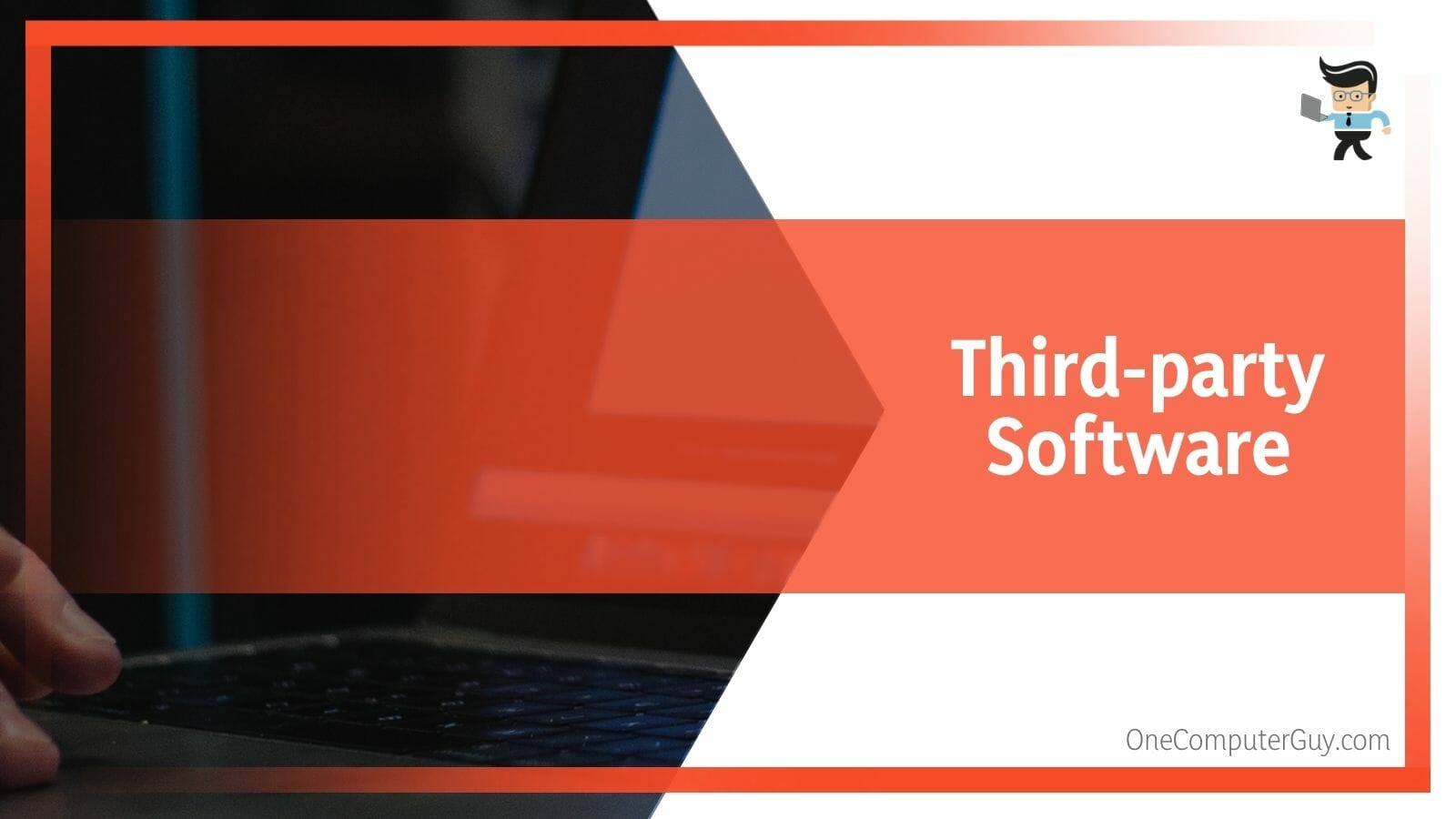
You can use specialized software to give you the desired results. Still, you must first ensure that the computers in question are adequately connected to a stable network connection. Once this has been assured, you can use the program to help you process a particular workload on your desired device.
One example of such software would be a render engine, and specific render engines will have the option to enable “network rendering.” Once you have set up the application correctly on your device’s system, you can easily transmit different rendering tasks to another computer.
– Via a Render Manager
As a user, you might be working on different projects at one time, which means there are various workloads scattered among your computers. In this case, you should distribute these projects across the networked devices, which will be helpful for a render manager.
A render manager is a third-party tool that can easily take up different kinds of projects and manage the ongoing jobs on your computers. Depending on how differently each one of your computers functions and what the respective capability is, the render manager will take a specific task and assign it to the most capable system, queuing up the jobs relevantly.
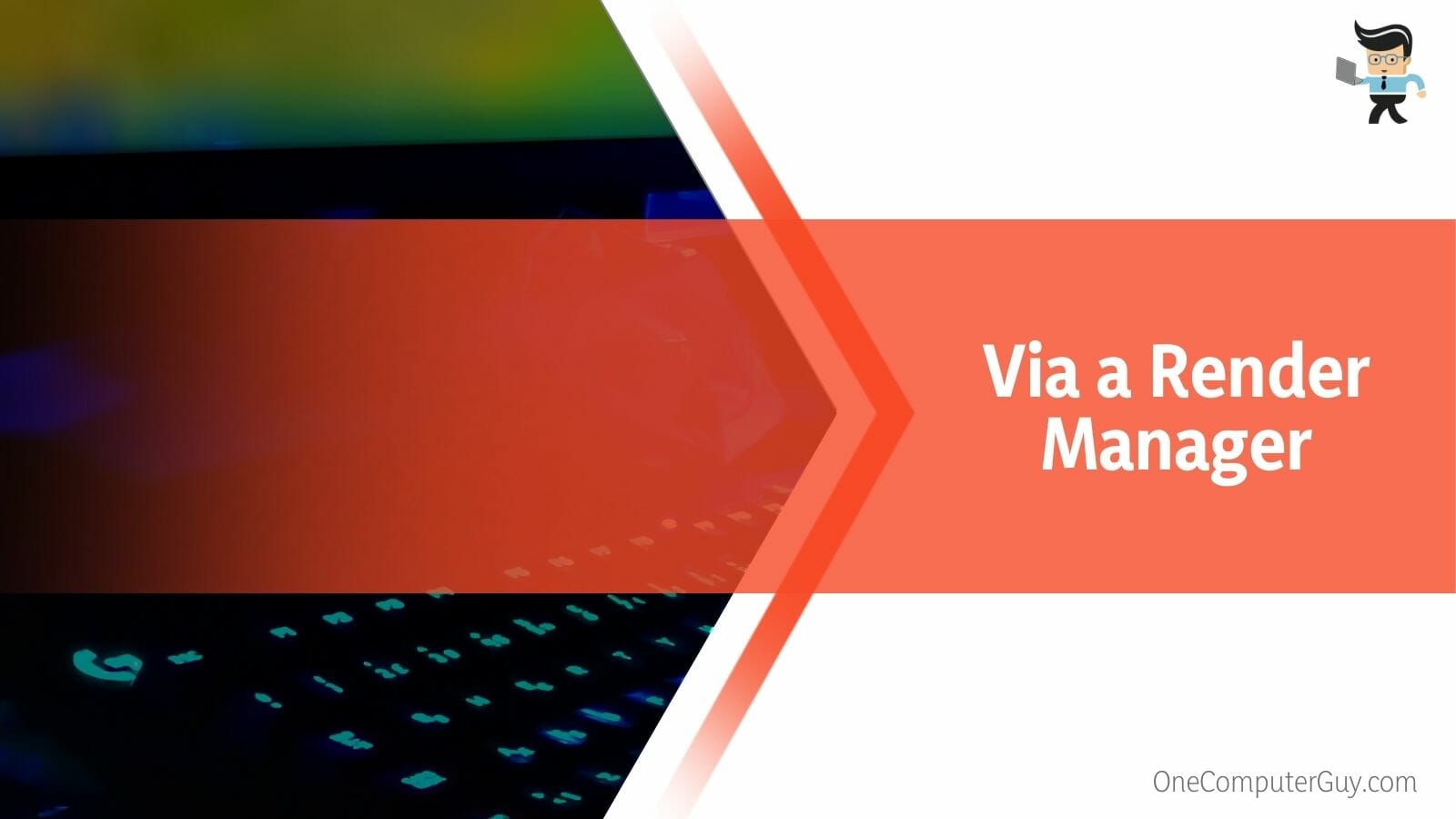
Once the computers can complete the given jobs, the software will collect the final results for increased functionality. If you are interested, you can invest in the construction of your personal Render Farm, enabling your chosen computers to turn into Render Nodes, which will then be controlled through your own Render Manager.
Using the Render Farm, you can utilize the software to efficiently manage any rendering tasks on your devices and assign jobs accordingly, depending on each computer’s processing power.
– Via a Parallel Virtual Machine
The most used methods for distributed computing across multiple devices are parallel processing and concurrent computing. Respectively, the systems related to these techniques are the MPI, also known as Message Passing Interface, and the PVM, a Parallel Virtual Machine.
Compared to network connections, home grouping, and render managers, these systems are relatively more complicated, and first-time users may need help understanding the many technicalities involved. However, if you aim to carry out various tasks with computers with entirely different hardware, you will find a PVM useful, especially in the case of concurrent distribution.
Remember that you will need to find the right software for carrying out the process with this machine, which will also require the help of plenty of techniques. All of this is especially true if you need to get used to the in-depth technical functions of computing.
– Using Message Passing Interface
VirtualBox is the application that will be most useful to you when it comes to MPI. This program enables you to join many guest computers into a virtual machine, and it provides the ability of running multiple computers as one.
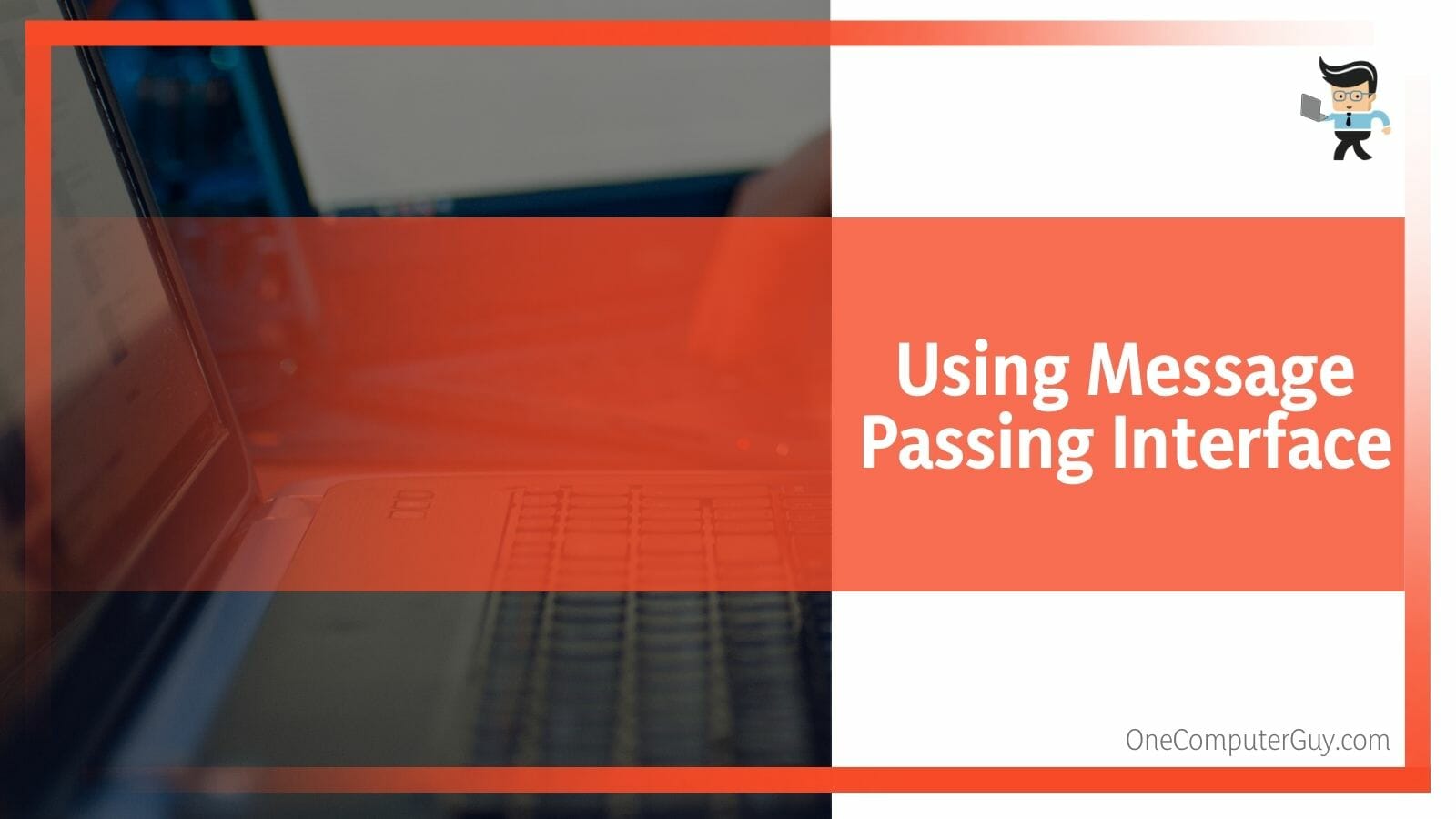
You may test apps on several operating systems using VirtualBox, enabling you to install guest systems on a device. This is particularly valid if compatibility is a problem.
You may install a virtual operating system, connect the other machines to it, and have them run the program if, for instance, you’re using a Mac computer, but the application you want to run is only compatible with Windows then, in this case, the application won’t run. But in the end, you are generally going to be constrained by the limitations of a network connection.
– Combining the Processing Power of Laptops
If you want to know how to combine two laptops into one, you may be confident that it is possible to combine the processing power of your laptops with moderate simplicity. Because laptops are simply PCs in a different form, all techniques for connecting a computer’s power to another device also work with them. Even while it is simple to do, their inferior performance capabilities compared to desktop PCs wouldn’t make them desirable.
Use your existing one if you have one. Don’t add a second laptop to your collection to improve efficiency. The distributed performance of laptops will always be lower than that of PCs. This is because, in contrast to their robust desktop counterparts, laptops are primarily designed to be user-friendly, transportable, and portable computers.
– Lending a Computer’s Processing Power
Your computer may join any network that uses Distributed Computing, as these systems can operate over the cloud. Depending on the hardware in your PC and how many hours you lease it, you may receive payment in exchange for using its computing power.
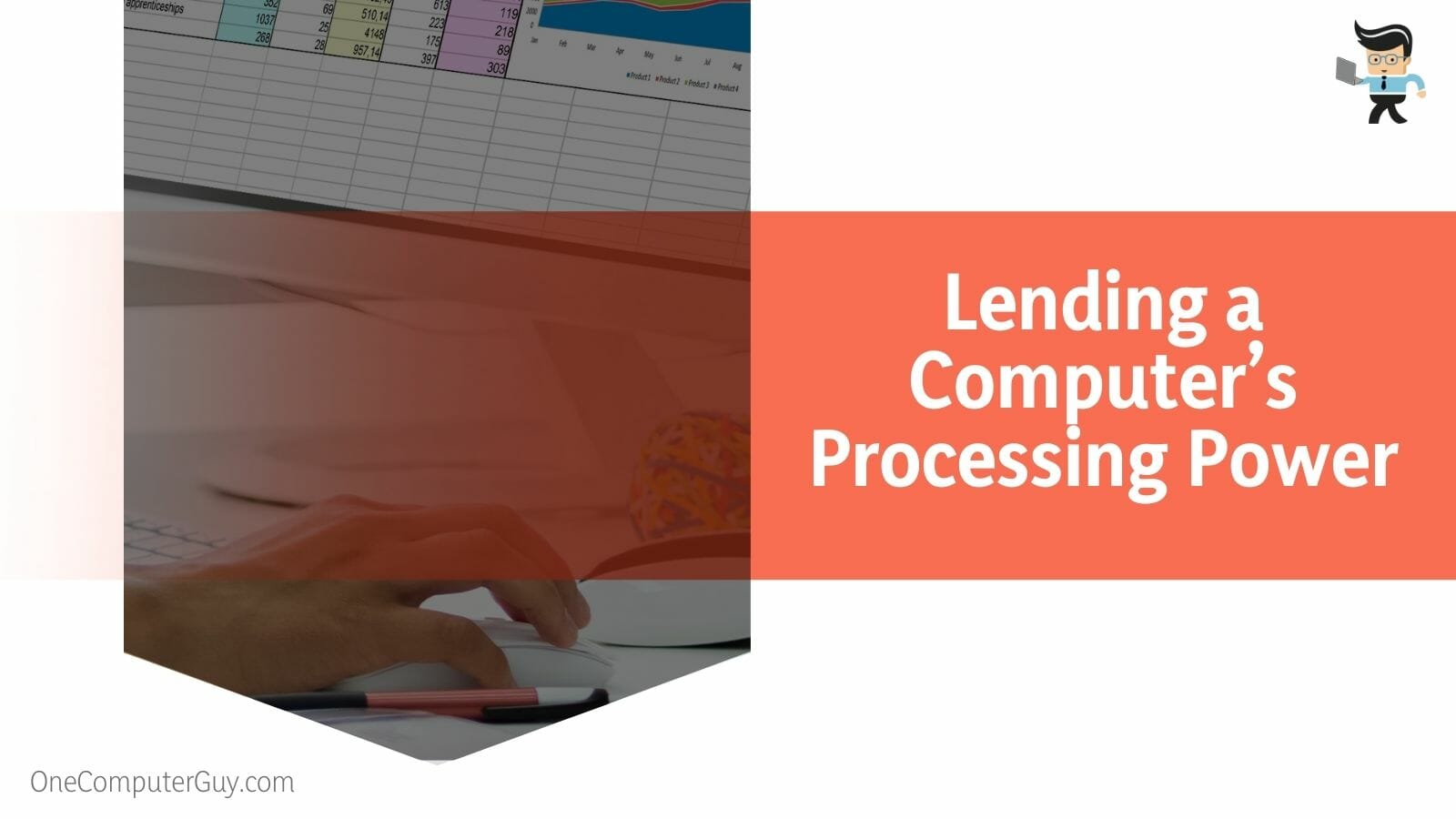
Additionally, there are Render Farms that run on home PCs. However, in these ventures, payment isn’t necessarily monetary. Other forms of payment, such as the rendering of points, may be made available to you.
– Utilizing Online Render Farms
Utilizing an online render farm may be a sensible choice if you need to finish parallelizable jobs rapidly. A group of computers, also known as render nodes that can be viewed remotely through a LAN network connection, are referred to as a render farm.
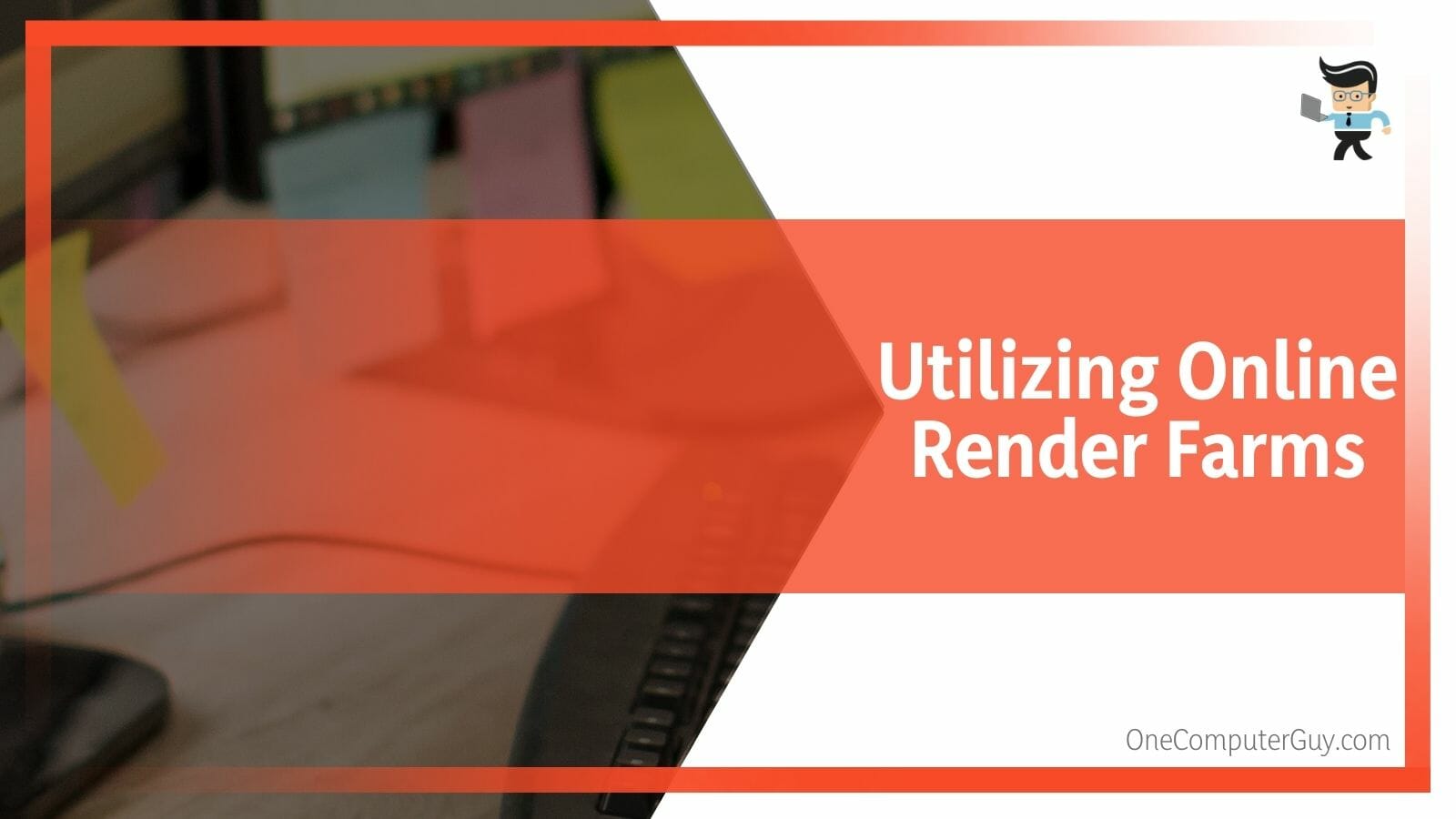
Several businesses that charge for rendering and processing services may access these Render Farms over a cloud network.
Conclusion
It is a good idea to distribute and combine the processing power of multiple computers as this can enable you to improve efficiency and finish big tasks much faster.
While this won’t create any magical supercomputer, it will still be helpful to you when you want to boost your productivity, as you can recall by revising these useful points:
- If you wish to join the processing power of two PCs or two laptops, you may utilize a network connection and use home grouping on Windows.
- Another thing you can do is use parallel or concurrent processing, but this might prove to be rather technical for first-timers.
- Lastly, you can also use a Render Farm or a Render Manager, which can be lent and shared across cloud services.
- Laptops can also share their processing power, but the performance will be different from sturdier desktop computers.
Once you successfully establish a connection between the two computers or laptops, there should be little room for error. Still, you can take care of those using the methods given in our guide. Even as a beginner, we are confident these techniques will help you get back on track with your work as soon and effectively as possible!

